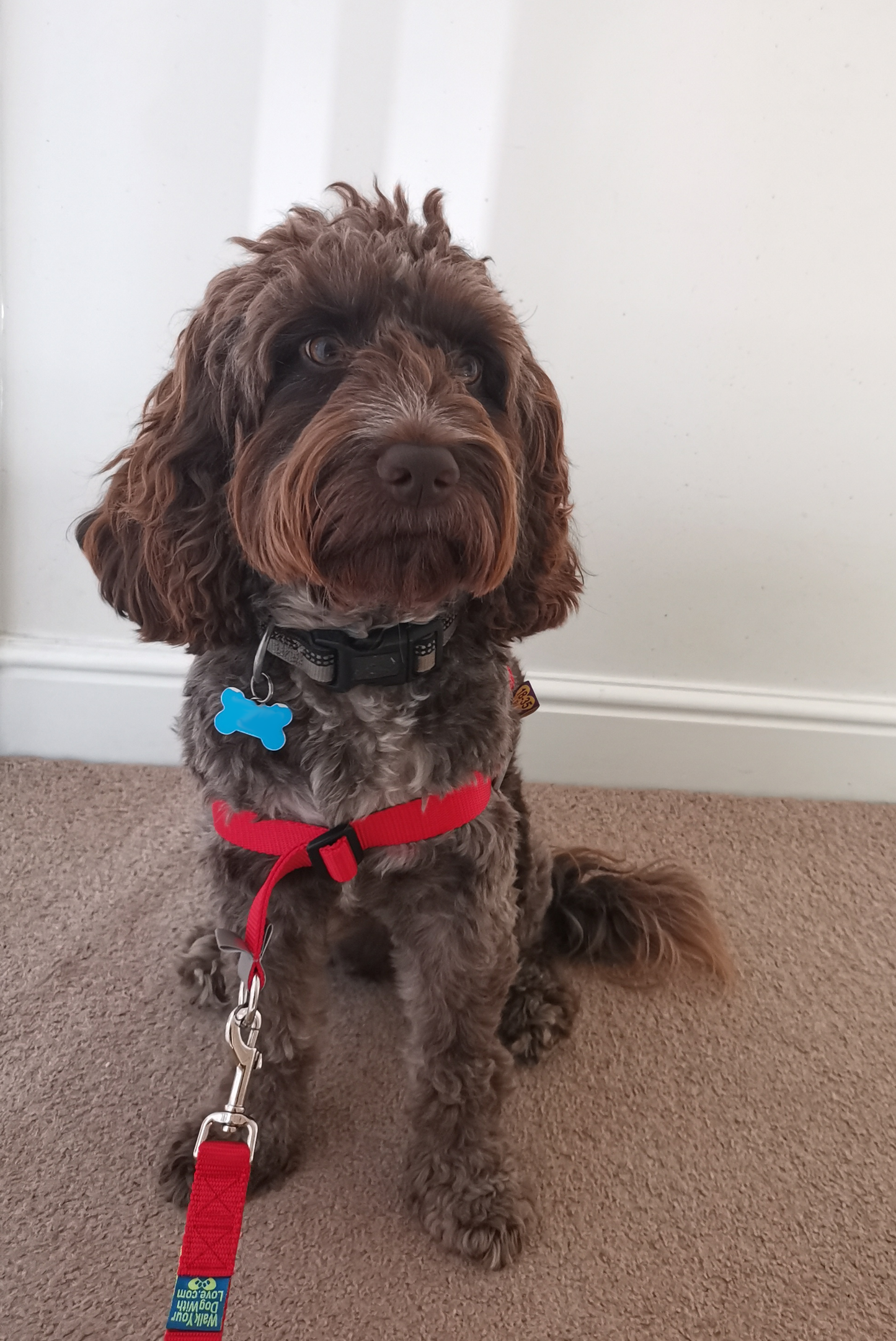Running with your dog is a great way to spend time together while also staying in shape. Canine fitness is an essential component of overall health. Having a running partner can also be a great source of motivation. Before you start training your dog to be the ideal running companion, read the following tips.
The appropriate breed and age
Before you begin training, make sure your dog is physically capable of long-distance running. Brachycephalic dogs (those with short muzzles), such as Bulldogs or Pugs, should, for example, only sprint for short distances. Running is also not recommended for puppies because their bones are still growing. Wait until the dog is about 1.5 years old for most breeds.
Even within breeds, each dog has a distinct personality, and some will prefer to run more than others. Consider your dog's temperament, do some research on their breed, and take them to the veterinarian for a physical to ensure that this is a safe activity for them to participate in.
Walk before you can run!
Before you start training your dog to run alongside you, he or she should master loose-leash walking. When walking, a canine companion who pulls on the leash is inconvenient, but dangerous at higher speeds. Keep in mind that the environment is full of rewards, such as squirrels and interesting odours. If you want your dog to stay close to you, with the leash in a J shape, you must be equally rewarding. Use treats, toys, and so on.
When you start running together, keeping your dog on one side of you will be critical. They can trip you or tangle your legs in the leash if they run in front of you or weave from side to side. It makes no difference which side you choose, left or right, but choose one and stick with it. Begin training at a slow walk and keep reward placement in mind. Always give your dog treats in the position you want to reinforce; for example, if you want them on your left, only give treats to your left leg. Once they've mastered one side, switch to a different cue to train the other. Consider using a hands-free dog leash while running.
Speed cues
Now that your dog is politely walking alongside you, it's time to pick up the pace. When you're out for a walk, having a cue, such as "let's go," that tells your dog it's time to move on and start walking is useful. A different cue, such as "get running" or "move it," can be used to signal to your dog that it's time to pick up the pace. The more information you can provide your dog about what you expect, the better they will respond.
Intersperse short bursts of jogging or running with your normal walking pace to teach the running cue. Simply give the cue before increasing your speed, and then reward your dog when they hurry to catch up. Similarly, you can teach your dog a cue such as "whoa" to slow him down.
Increasing Endurance
It's time to get your dog in shape now that they know to stay by your side and match your pace. Your dog, like humans, must gradually build strength and endurance. Begin by incorporating short bursts of running into your walks. Then, on each subsequent walk, gradually increase the amount of time you spend running and decrease the amount of time you spend walking. Your dog will have adapted to running long distances after a few weeks.
Tips for a Safe and Fun Run
Finally, your dog has been trained and conditioned to be your running companion. Keep the following tips in mind, however, to ensure that they are safe and enjoy running with you:
- Warm up your dog before you run and cool them down afterward by walking for a few minutes.
- Keep an eye on the weather. Dogs cannot tolerate heat and humidity as well as humans.
- Bring water with you on walks and offer it to your dog on a regular basis.
- Allow your dog frequent breaks so that they can rest, use the restroom, and enjoy their surroundings.
- Allow your dog to run off-leash only where it is safe and legal, and only if they have a reliable recall in the presence of distractions.
- Keep an eye out for signs that your dog has had enough, such as excessive panting or lagging behind you. Dogs may run even when they want to stop to please their owner.
Extreme Weather Preparation
Dedicated runners will run in the rain, snow, or heat, but there are times when the weather is simply too cold or hot for your dog. Even if you can't run together, you can keep your dog physically fit by exercising him indoors. Depending on your dog's size, a game of fetch down a long hall or up and down a flight of carpeted stairs can get his heart pumping and his muscles working.
You can also make an obstacle course out of household items such as a hula hoop or a cardboard box. Many training facilities also have indoor agility classes where your dog can run and jump.
Indoor treadmill training
Many dogs can be taught to use a treadmill. Some treadmills are specifically designed for dogs, but if you already own one, that will suffice. Just make sure the ramp is long enough for the size of your dog. The larger the dog, the larger the treadmill required. Even though this is one of the simplest ways to exercise your dog indoors, you can't just put them on and go. Investigate treadmill training or consult with your dog trainer to teach your dog to enjoy and use the machine safely. Finally, never tie your dog to the treadmill or leave them unattended on it.










